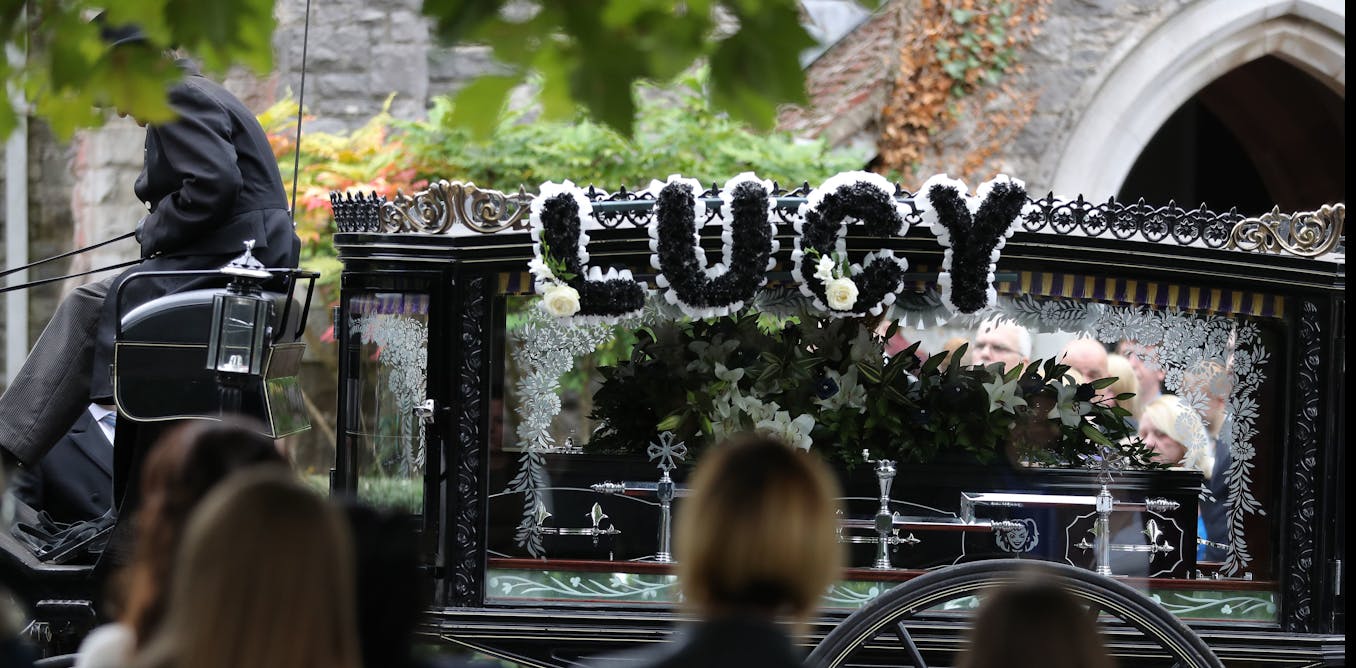Play all audios:
In July 2018 Lucy McHugh, aged 13, was killed by her older “boyfriend” despite trying to let people know she was in danger. Her murder has recently been in the news again because of the
release of a report (in which she is known by the pseudonym “Clare”). This independent review, commissioned by the Chair of the Southampton Local Safeguarding Children Board, found that her
school had flagged concerns about her relationship with this man, a lodger living at her home, but nobody, including social services and the police, who knew he had a history of extreme
violence and abuse, acted to protect her. Lucy had confided in a friend that she had been sexually and physically assaulted by him since the age of 12 but felt that she wouldn’t be believed
and feared that the abuse would get worse if he found out that she had told anyone. It was reported that she was murdered by him in an attempt to silence her. Lucy had lived in an
environment where she had regularly witnessed violence between her parents and between her mother and another partner. This was known by the agencies involved with the family. When her
school raised concerns about Lucy’s wellbeing to social services it was her mother that was listened to rather than Lucy. In the report, her mother is described as having been hostile to the
involvement of social services and that she managed to keep them at bay. She was insistent that the problem lay with Lucy and that she had Attention Deficit Hyperactivity Disorder (ADHD) –
an assumption not supported by the school or the GP. Lucy, nevertheless, was sent to the Children and Adolescent Mental Health Services (CAMHS). The usual pathways, screening tools and
assessments were not followed and Lucy was medicated for ADHD “to ameliorate her behaviour” rather than the violence in the home, which is known to contribute to poor mental health, being
addressed. Southampton city council has apologised for its “shortcomings” and says it will will look further into adverse childhood experiences and have learned lessons. Rob Henderson, the
council’s executive director for wellbeing, told the Guardian: “On behalf of the council I would like to apologise to the victim’s family, friends, and all who knew her, for the council’s
shortcomings identified in the report. We have already made changes in a number of the areas highlighted.” Reports such as this are important learning opportunities. But alarmingly, these
failings have been reported across England. PATTERNS OF NEGLECT Colleagues and I recently published an investigation looking at the emerging patterns in reports such as the Southampton
report described above, over a five-year period in England. These are known as “child safeguarding practice reviews”. They take place when a child has suffered serious harm. These are
extreme situations that highlight failings in the system, not to apportion blame, but rather to work out how they can be prevented in the future. We found that neglect by parents, caregivers
and professionals was a common theme that could lead to children being exploited and seriously harmed. Neglect of very young children is often reported and discussed, but neglect of
adolescents is rarely considered. Neglect is the most common form of ill treatment of young people and involves low levels of parenting or caregiving which may be compromised by domestic
violence, when new partners join the family, or when a child is taken into local authority care. There is an incorrect assumption that young people approaching or in their early teenage
years are somehow naturally resilient and don’t need supportive parenting, attention and warmth. My team’s review of the evidence showed that again and again, the biggest problem was that
those involved were not listening to the child and neglect was evident on multiple levels. Even when a 12-year-old child reported rape it was recorded in the notes as “making allegations of
rape”. Some children were in care and others were in families that were complicit in blocking access to services. Other families that asked for support were ignored or their requests were
not recorded or shared by agencies. The young person became invisible and their needs were ignored. NEXT STEPS Exploitative relationships are characterised by the young person’s inability to
choose a relationship freely. The nature of the abuse is complex and often the perpetrator is likeable and fills an emotional gap in their life. The young people can feel that they are in
love and do not see the risks themselves. Professionals involved may not report, record or share their concerns, even when they have a feeling that something is not right. They often do not
understand how child sexual exploitation works. They focus on the “risky” behaviour of the young person and not why they might be behaving in this way. When parents get hostile or difficult,
busy professionals back off. Violence in the home and neglect of children and young people has dire consequences. Much of what happens is in plain sight, but can be difficult to address
unless all of those involved communicate, share, record and act on information without causing further harm to the child. We need a public health approach where doctors, teachers, police and
social services are aware of the patterns, act early and work together with a sense of urgency, including in reporting their failings.

